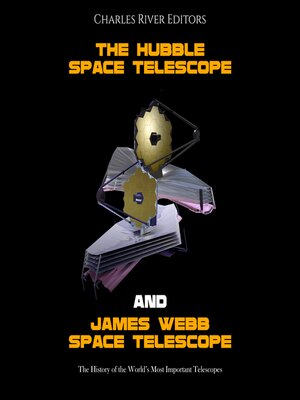The Hubble Space Telescope and James Webb Space Telescope
audiobook (Unabridged) ∣ The History of the World's Most Important Telescopes
By Charles River Editors

Sign up to save your library
With an OverDrive account, you can save your favorite libraries for at-a-glance information about availability. Find out more about OverDrive accounts.
Find this title in Libby, the library reading app by OverDrive.



Search for a digital library with this title
Title found at these libraries:
| Library Name | Distance |
|---|---|
| Loading... |
By the time the Hubble telescope reached orbit, it was already the world's most famous telescope, but it was also the most scorned. The telescope cost nearly $2 billion more to complete than anticipated, and to make matters worse, the first images it sent back were skewed. However, within about a year of fixing it, the telescope captured images of a major event in the solar system. In July 1994, the telescope provided a firsthand observation of a comet, Shoemaker-Levy 9, breaking apart and slamming into Jupiter. The comet broke into about two dozen pieces, some of them more than a mile wide, and hit the giant planet with the force of millions of atomic bombs.In addition to capturing the streaking comet breaking up and colliding with Jupiter, the telescope captured images of the impact marks that were left on Jupiter's surface, helping astronomers study Jupiter's atmosphere and debris left by major impacts.
The increase in excitement was palpable. Scientists had viewed much of the universe through Hubble, almost as it was when it was formed, but they learned that none of these galaxies were the first ones formed. Then ultimately realized that "Hubble wasn't the right instrument to detect those first galaxies." "The farther we can see in space, the farther we can see in time...and that's not a metaphor. That's actually literally true," explained scientist Amber Straughn. The Webb Space Telescope represents "looking in a part of space that we've never seen before." The telescope will be able to detect the earliest galaxies because of its unparalleled sensitivity. Another factor is the kind of light it will collect, "light that our eyes aren't designed to see."







